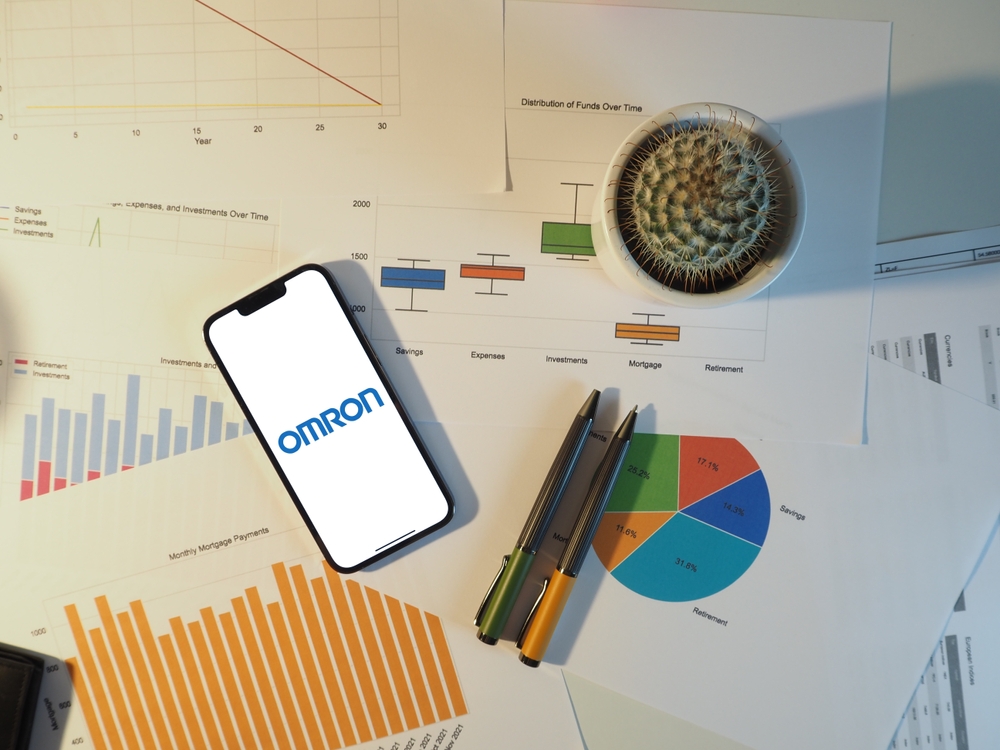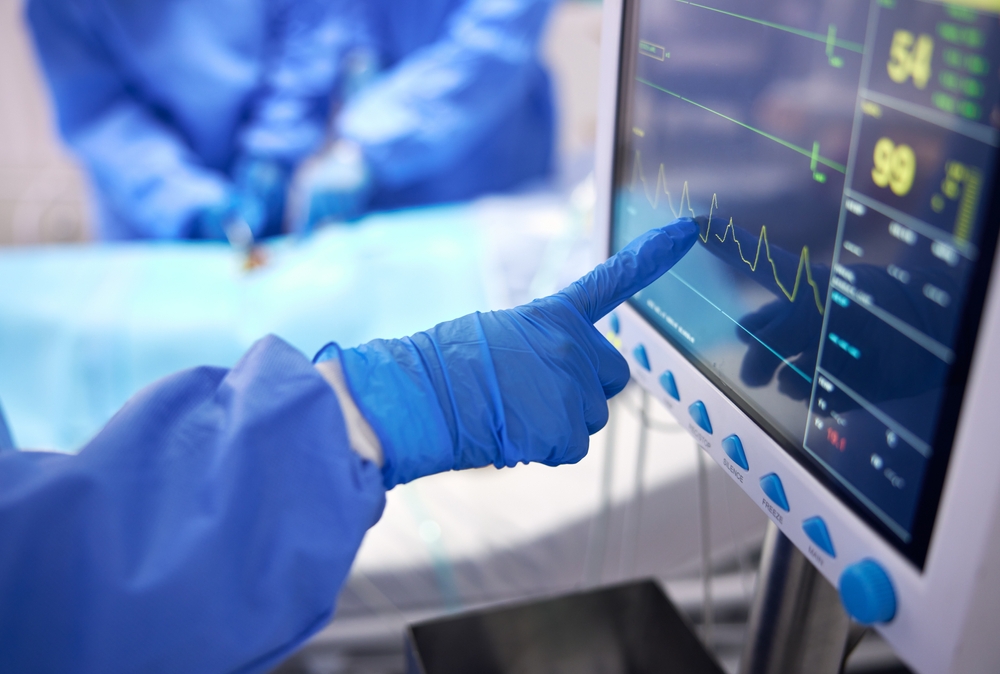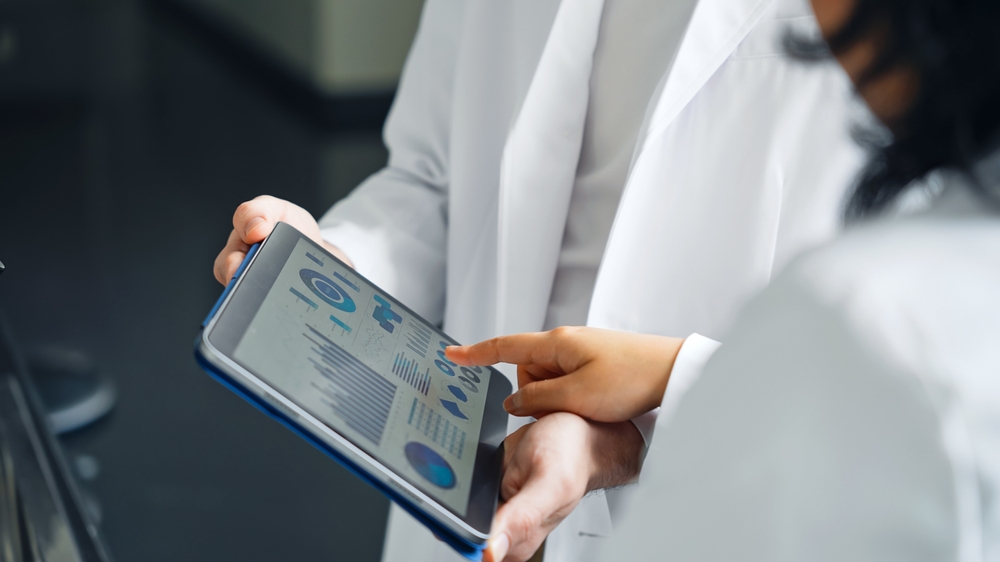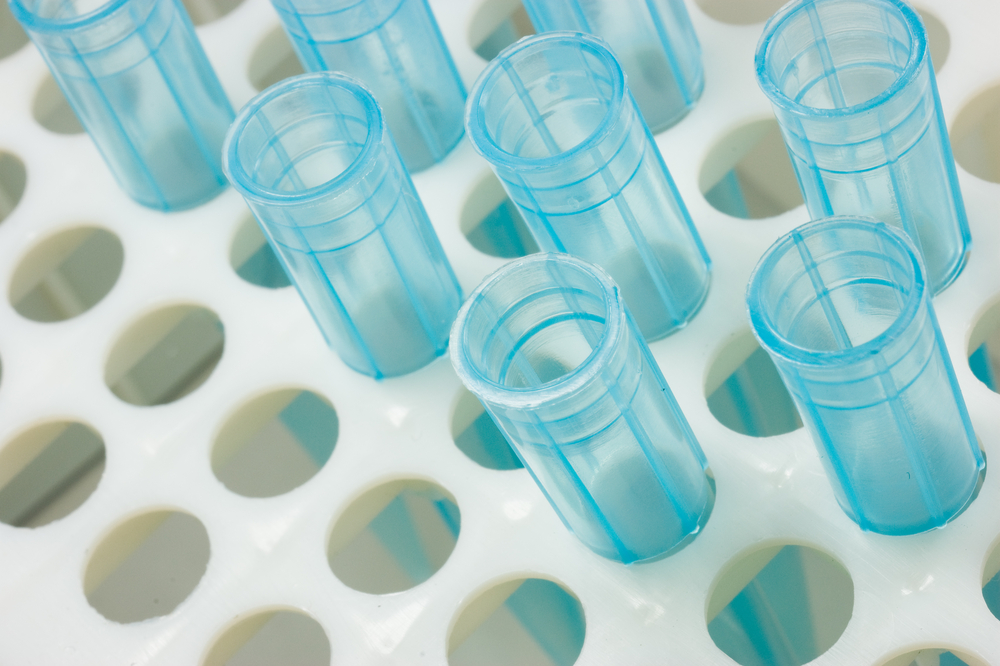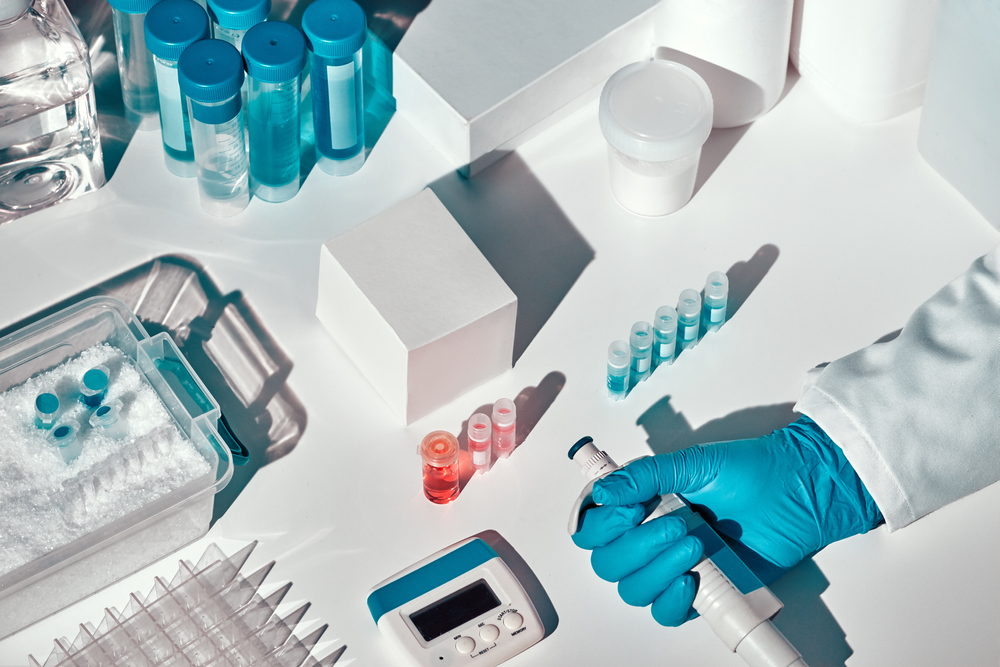The field of in vitro diagnostics (IVDs) is one of the fastest-evolving sectors in healthcare. With advances in genomics, digital diagnostics, and regulatory science, staying informed is both a challenge and a necessity for clinicians and laboratory professionals. Acenth, in collaboration with Clinical Research Organization (CRO) specialists, emphasizes the importance of continuous education, systematic monitoring, and strategic engagement to ensure clinicians are well-equipped to apply the latest IVD innovations safely and effectively. This blog explores evidence-based strategies clinicians can use to remain current on IVD advances and safety protocols in an increasingly complex and data-driven environment.
Follow Regulatory and Health Authority Updates
Regulatory agencies are primary sources of authoritative and up-to-date information on IVD safety and performance. Organizations such as the U.S. Food and Drug Administration (FDA), the European Medicines Agency (EMA), and the World Health Organization (WHO) regularly publish safety communications, recall notices, updated guidelines, and emerging risk alerts relevant to diagnostic products. Subscribing to newsletters or RSS feeds from these agencies is a low-effort but highly effective way to stay informed on critical developments.
In particular, the FDA’s Center for Devices and Radiological Health (CDRH) and its Medical Device Safety website serve as reliable platforms for updates on adverse event reporting and safety signals. Clinicians should also be aware of country-specific databases, such as the European EUDAMED system, which tracks medical device incidents under the In Vitro Diagnostic Regulation (IVDR). Staying informed through these official channels is essential not only for patient safety but also for regulatory compliance during audits and inspections.
Participate in Continuing Education and Professional Development
Continuing education is essential for maintaining competency in the IVD space, where new assays, platforms, and interpretation methodologies are regularly introduced. Many institutions offer formal continuing medical education (CME) and continuing professional development (CPD) programs focused specifically on laboratory diagnostics. These may include modules on molecular testing, biomarker interpretation, device validation, or post-market surveillance practices.
Clinicians should consider joining professional associations such as the American Association for Clinical Chemistry (AACC) or the International Federation of Clinical Chemistry and Laboratory Medicine (IFCC), which offer up-to-date educational content, annual conferences, webinars, and specialty workshops. These opportunities not only deepen technical knowledge but also provide access to expert perspectives and peer discussions that contextualize advances within clinical workflows. Participation in these programs reinforces a culture of lifelong learning and keeps practitioners aligned with current standards and expectations.
Leverage Peer-Reviewed Journals and Industry Publications
Peer-reviewed journals remain a cornerstone for understanding validated advances in IVD technology and safety. Journals such as Clinical Chemistry, Journal of Molecular Diagnostics, and Archives of Pathology & Laboratory Medicine frequently publish studies on diagnostic accuracy, technology integration, and post-market surveillance outcomes. Regular reading helps clinicians interpret new findings critically and consider their implications for clinical protocols and diagnostic pathways.
In addition to academic journals, industry-specific publications and newsletters offer practical summaries and expert opinions that are often easier to digest on a busy schedule. These include sources like IVD Technology, CAP Today, or the Clinical Laboratory News. Subscribing to both types of media provides a balanced view: one grounded in peer-reviewed data, and the other highlighting industry shifts, product launches, and practical adoption trends. Staying engaged with such literature ensures clinicians don’t fall behind on innovations that can improve diagnostic accuracy and operational efficiency.
Engage with Clinical Networks and Collaborative Communities
Learning doesn’t always come from formal channels. Clinicians benefit significantly from networking and engaging with their peers in structured and informal settings. Participation in diagnostic user groups, regional laboratory alliances, or national quality collaboratives provides opportunities to exchange best practices, discuss new tools, and share challenges in real-world applications of IVDs. These groups often hold meetings, publish bulletins, or host forums that cover both innovations and safety incidents that may not yet be documented in official channels.
Additionally, social media platforms like LinkedIn and professional online communities such as ResearchGate or LabRoots have become increasingly influential in disseminating knowledge. Thought leaders, laboratory directors, and regulatory consultants frequently share updates, expert commentary, and curated resources. Engaging in such forums enables clinicians to gather diverse perspectives and stay attuned to the practical implementation challenges and opportunities associated with new diagnostics.
Use Technology for Targeted Monitoring and Alerts
Technology tools can greatly enhance efficiency in tracking IVD developments. Automated alerts, AI-curated research summaries, and regulatory monitoring software help clinicians filter relevant information without being overwhelmed. Tools like PubMed alerts, Google Scholar updates, and journal aggregation platforms such as Read by QxMD allow users to receive new studies based on specific keywords or topics of interest.
For safety protocols, platforms such as MedWatch (FDA), the WHO’s Global Surveillance and Monitoring System (GSMS), and European vigilance portals offer personalized alerts for product recalls, adverse events, and device notices. Laboratory information management systems (LIMS) can also be configured to integrate with safety databases, flagging alerts relevant to current inventory. Leveraging these digital tools ensures clinicians receive timely, targeted updates without requiring extensive manual tracking.
Monitor Manufacturer Communications and Updates
Staying in close contact with IVD manufacturers and authorized distributors is another effective strategy for receiving timely updates on product improvements, usage protocols, and safety advisories. Reputable vendors often offer newsletters, training events, and online resource centers where they share technical bulletins, clinical validation reports, and software or firmware updates relevant to their diagnostic products.
Clinicians should regularly review Instructions for Use (IFUs), safety data sheets (SDSs), and any revised clinical guidance issued by manufacturers. Many companies now offer on-demand webinars and virtual demos to train healthcare professionals on product enhancements or regulatory changes affecting device classification and intended use. In the context of dynamic regulatory environments, especially under the EU IVDR or updated FDA frameworks, manufacturers serve as crucial conduits of information necessary for ensuring proper use and minimizing risk.
Conduct Regular Internal Audits and Protocol Reviews
Finally, staying updated on safety protocols isn’t solely about consuming external information. Internal review processes are equally important. Clinicians and laboratory teams should schedule regular audits of diagnostic practices, reviewing SOPs (standard operating procedures), training logs, and incident reports to identify outdated methods or knowledge gaps. By embedding review cycles into daily operations, teams can align internal processes with evolving external standards.
Internal discussions, including morbidity and mortality meetings or safety huddles, can be structured to include brief updates on new IVD developments, regulatory changes, or recent alerts. This promotes a culture of awareness and shared responsibility for diagnostic accuracy and patient safety. It also helps identify training needs or workflow adjustments necessary to integrate new tools or comply with revised protocols. In a rapidly changing field like IVDs, structured internal oversight complements external knowledge gathering and ensures that learning translates into practice.
Conclusion
The world of in vitro diagnostics is evolving rapidly, bringing both tremendous opportunities and heightened responsibilities for clinicians. Staying informed is no longer optional—it is essential for ensuring safe, effective, and timely patient care. By combining regulatory tracking, continuing education, peer networking, literature monitoring, and technological tools, clinicians can keep pace with innovations and safeguard their practice against risks. At Acenth, working in collaboration with Clinical Research Organization (CRO) professionals, this emphasis on vigilance and strategic learning reflects a commitment to elevating healthcare quality through informed diagnostic decision-making.
Resources
Miller, W. G., & Sandberg, S. (2020). Strategies to Maintain Clinical Relevance in Diagnostic Testing. Clinical Chemistry.
Kenny, D., & van den Bruel, A. (2022). Rapid Advances in IVD Technologies: Safety and Implementation Considerations. Journal of Medical Diagnostics and Innovation.
Zhao, L., & Thompson, D. (2021). Real-Time Regulatory Updates for IVD Safety Monitoring. Regulatory Affairs Journal of Diagnostics.

